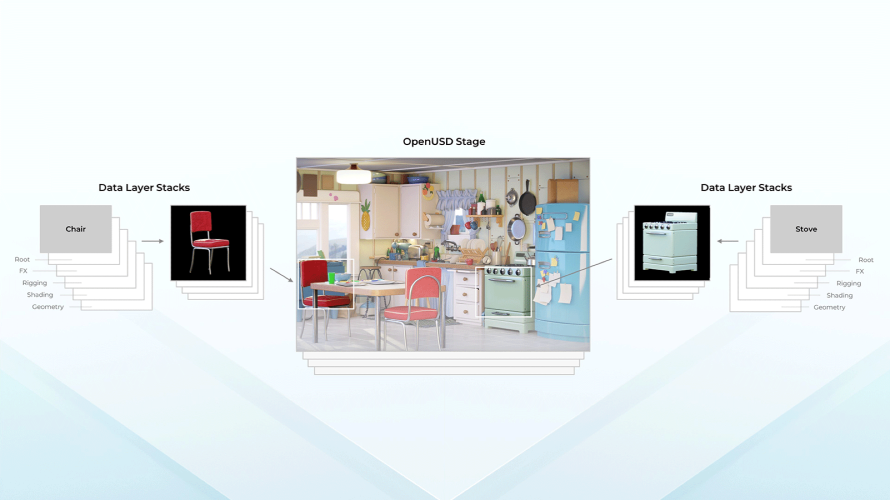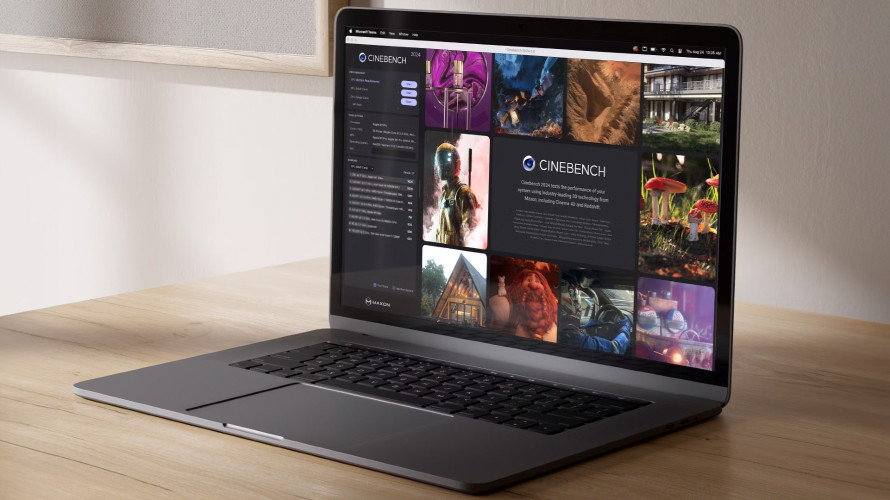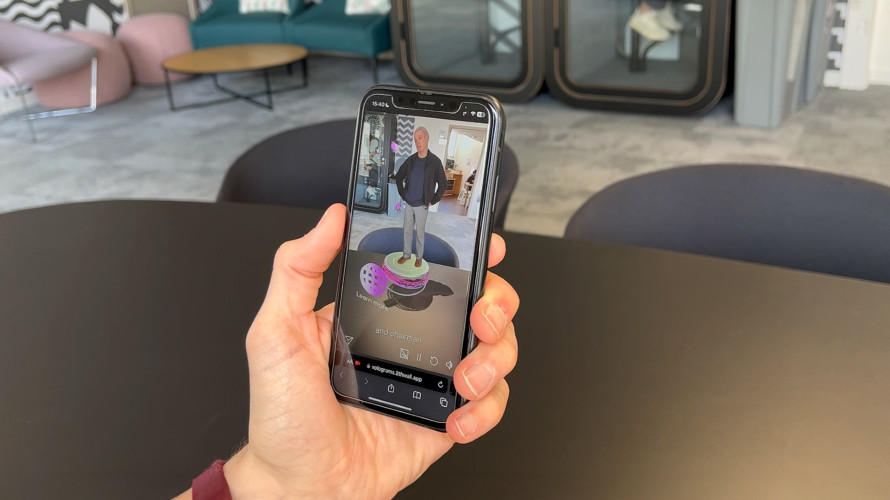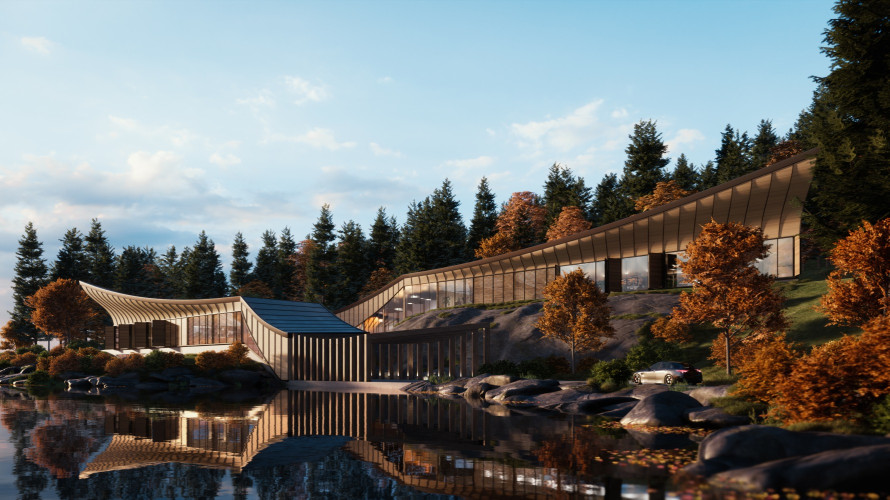Not so Good Vibrations

Author: Bob Pank#
Published 1st November 2010
When shooting with ordinary 2D, you can almost do what you like with camera dynamics. If you pan wildly from side to side or up and down, what you see through the viewfinder is what you will actually get. If there is going to be some camera shake or vibration, you can opt to switch in a stabiliser in the camera or the lens system.
In 3D these are definitely not to be recommended. If a pan is too rapid, then the audience may lose the 3D and have difficulties following the depth plot. Rapid pans also lose horizontal detail (resolution) from the pictures. Horizontal detail is a necessary component of 3D imaging for the brain to be able to fuse the scene. Therefore in 3D it is necessary to make pans more slowly and carefully than for 2D.
Until someone produces a dual image stabiliser, turning on individual camera or lens stabilisation is not an option. Each will react slightly differently when the camera moves. These differences will give rise to false disparities between the two images leading to vibration being visible in depth. This would be at least weird if not nauseous. There might also be slight scaling differences between the left and right channels, as stabilisers often introduce a bit of zoom to allow the image to be compensated without cropping. For these reasons, in 3D the stabilisation needs to be off on both cameras.
A panning, moving or vibrating stereo rig has another potential pitfall due to mechanical dynamics. When the rig gets accelerated, if the two cameras are not 100% rigidly coupled to the rig, one may deflect slightly differently to other, again giving rise to false disparities. It goes without saying that both cameras need to be identical, but they should also have identical bits of kit and cable loops hanging off them as their combined weight (mass) will affect the dynamic behaviour.
This is all very well for a side-by-side rig but with a mirror rig one camera is in a completely different orientation from the other. This is one reason why mirror rigs have to be made so strong and rigid. That different orientation will cause completely different forces to be exerted when the rig is panned or vibrated. Obviously, the rig also needs to be well-built to maintain optical accuracy and integrity.
When playing back captured 3D footage or observing live with a real-time stereoscopic analyser like the Cel-Scope3D, it is possible to see these dynamic disparity errors as and when they occur. It is then be possible to see if there is something amiss with the rig or if post-production correction is necessary.
Robin Palmer is Managing Director of Cel-Soft and is currently involved with software solutions for 3D & TV quality control and measurement technology.

























